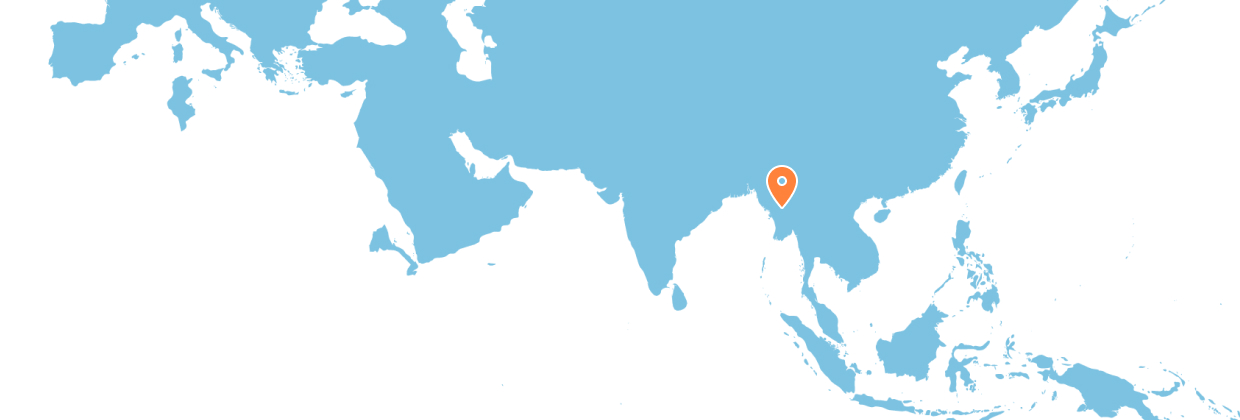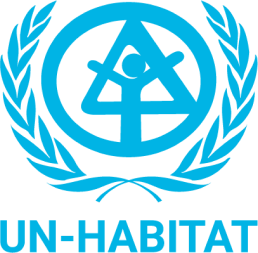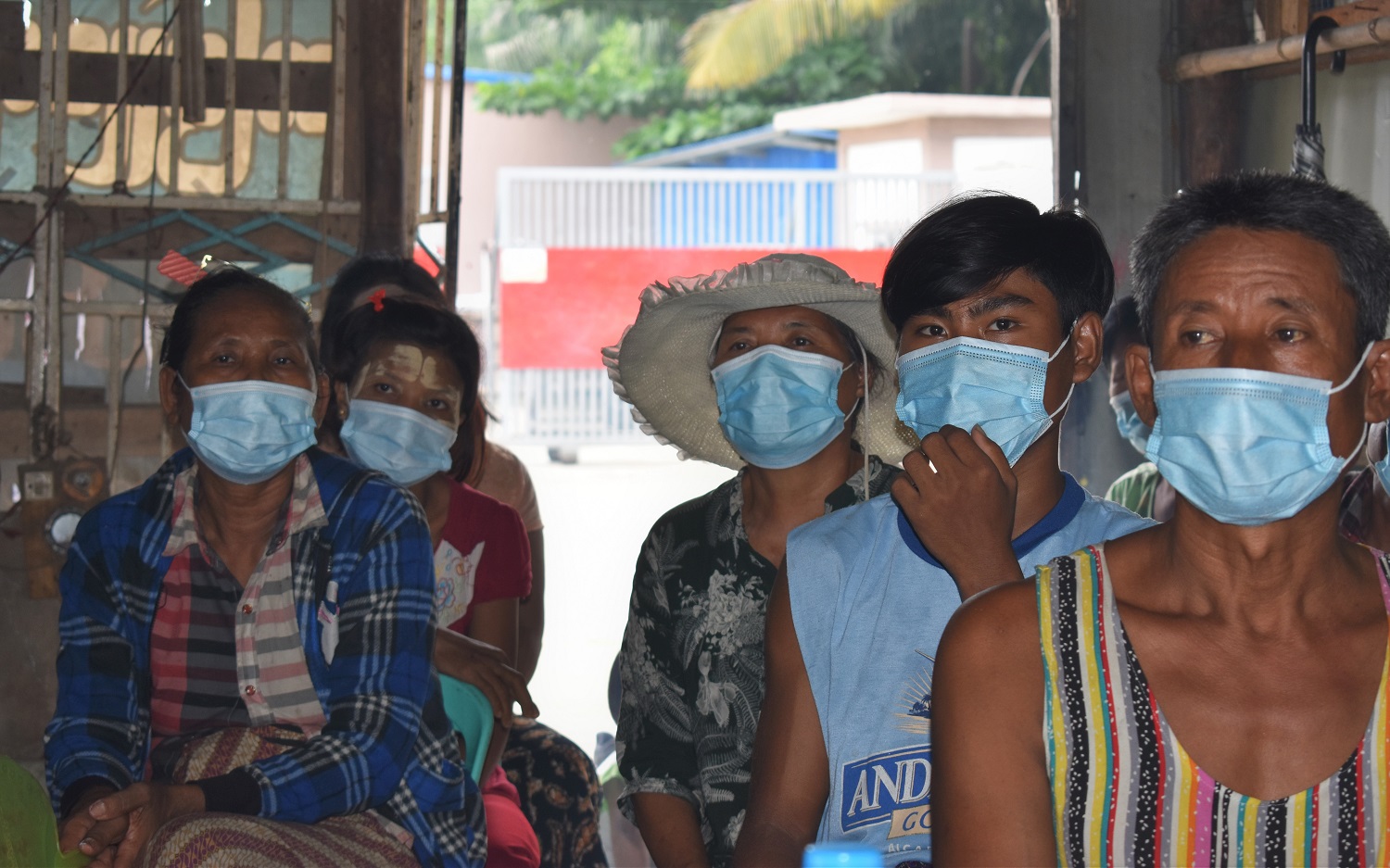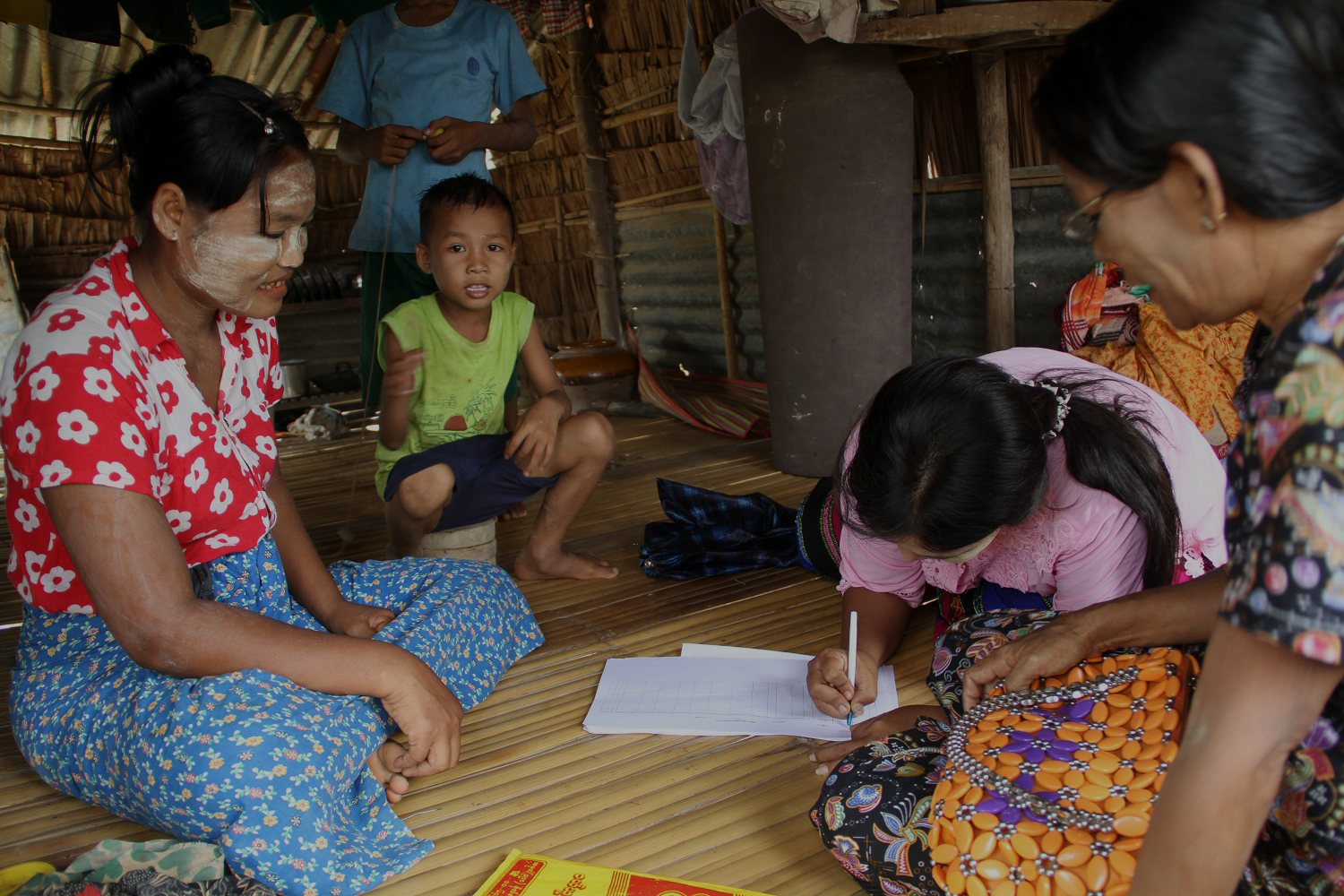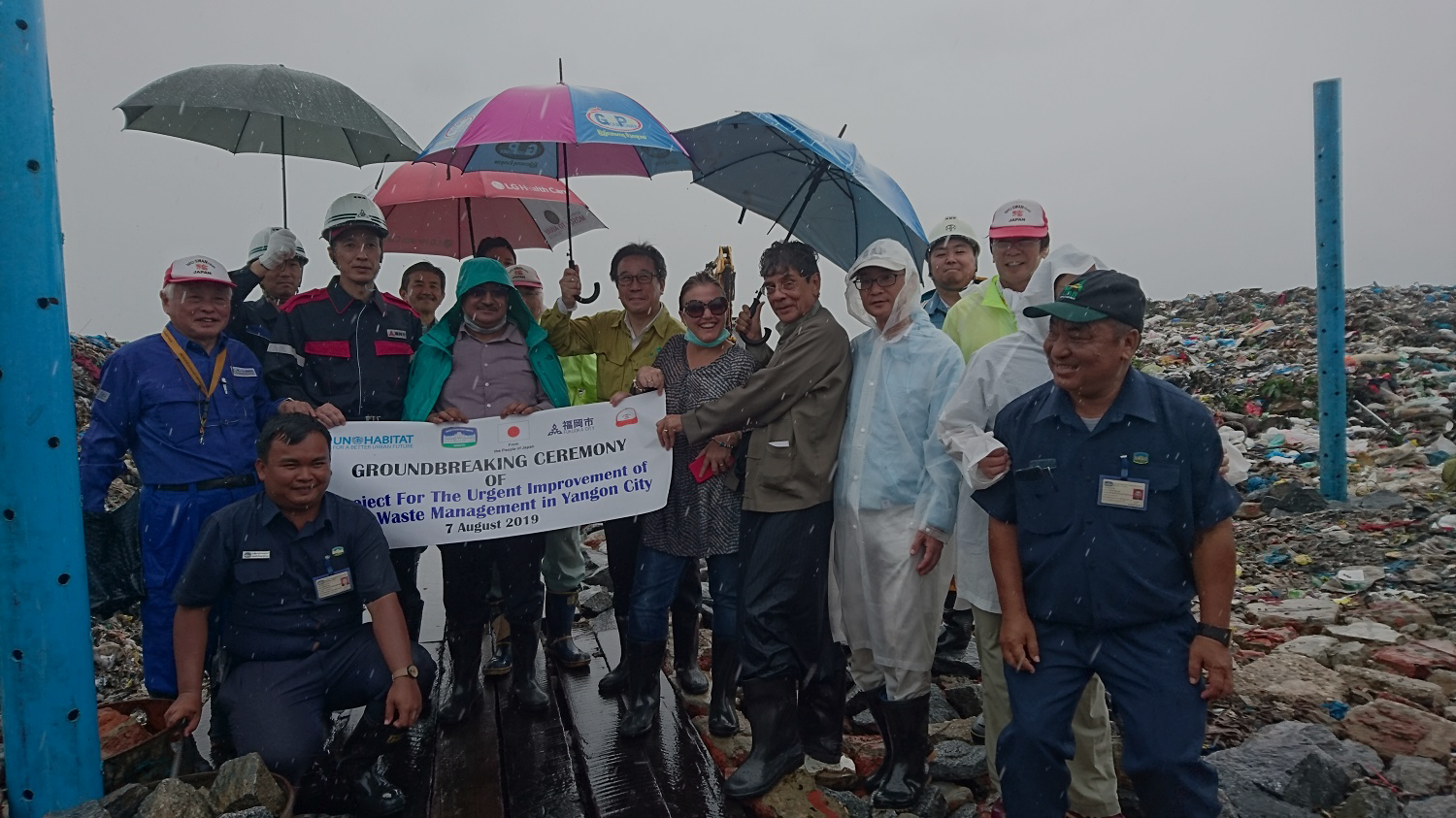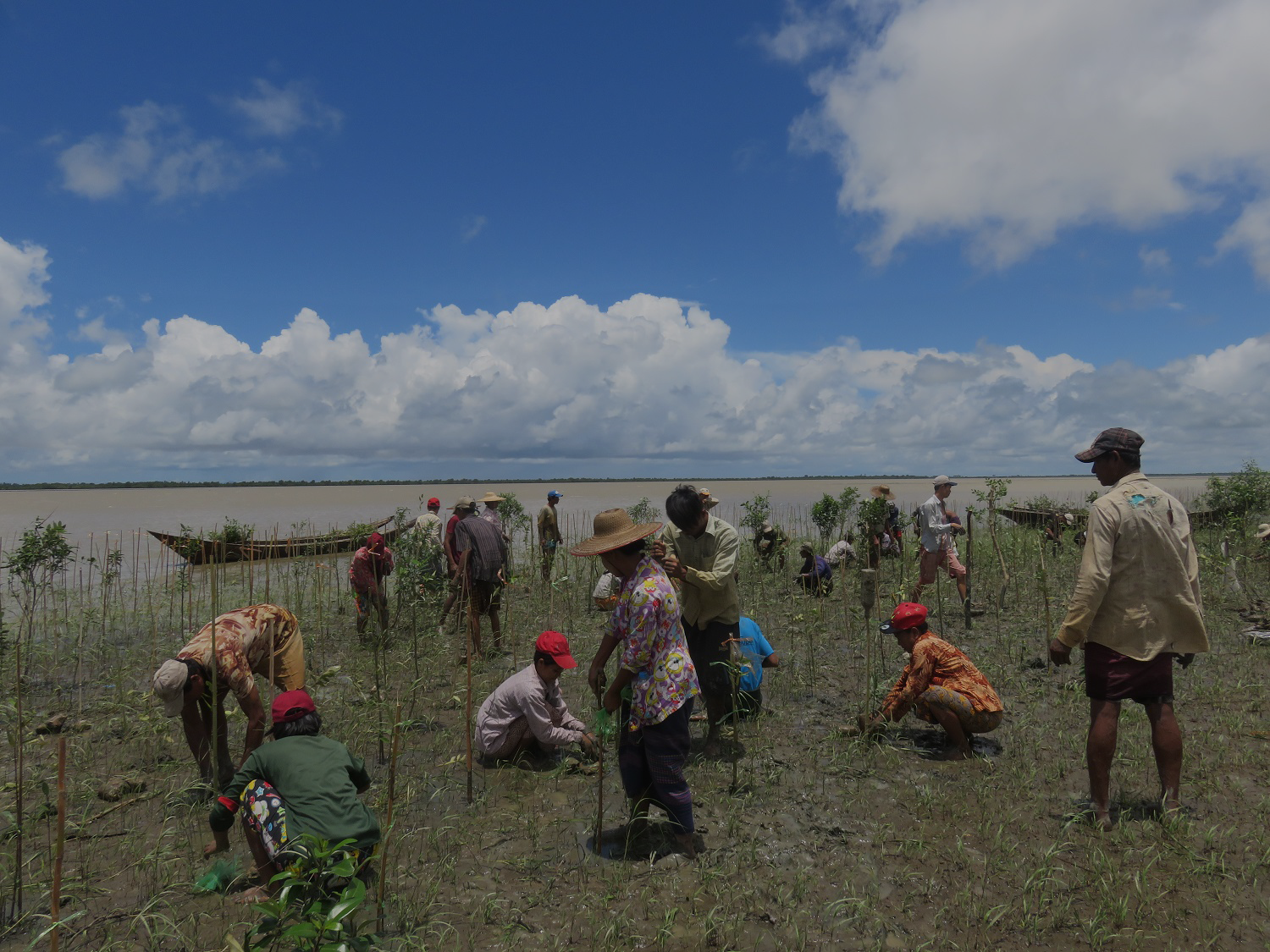The Challenges
Due to the recent economic and political liberalization in Myanmar in 2011, the rate of urbanization majorly in the two urban agglomerations Yangon and Mandalay are expected to increase from 15.4 million (30% of the total population) in 2014 to 18.8 million to 2030. This poses economic and spatial development challenges such as solid waste management, informal settlements sprawling, traffic management that stand at a crucial period and negligence on this aspect of Urban Development can increase and worsen the challenges of urbanization for the future.
These challenges include, the rapid growth of a number of informal settlements due to the prolonged undersupply of housing, loosely bound urban legislation and administrative framework, need for improved land management, improper management, and provision of municipal services, intensified environment, and climate change issues.
In order to answer these challenges of urbanization and to capitalize on its opportunities, UN-Habitat assists and engages with a range of ministries to support Myanmar in overcoming and planning for a sustainable and inclusive future for all through urban policy and planning that reaches beyond the traditional city- scale.
